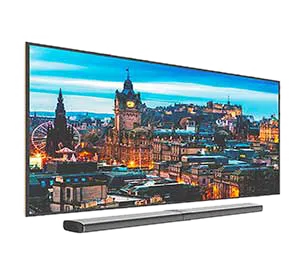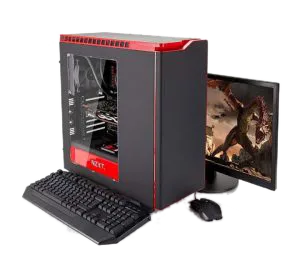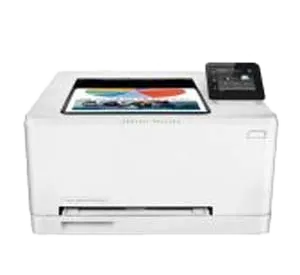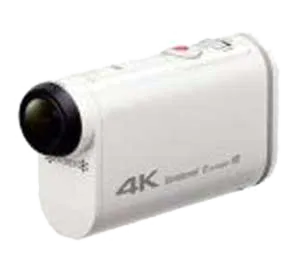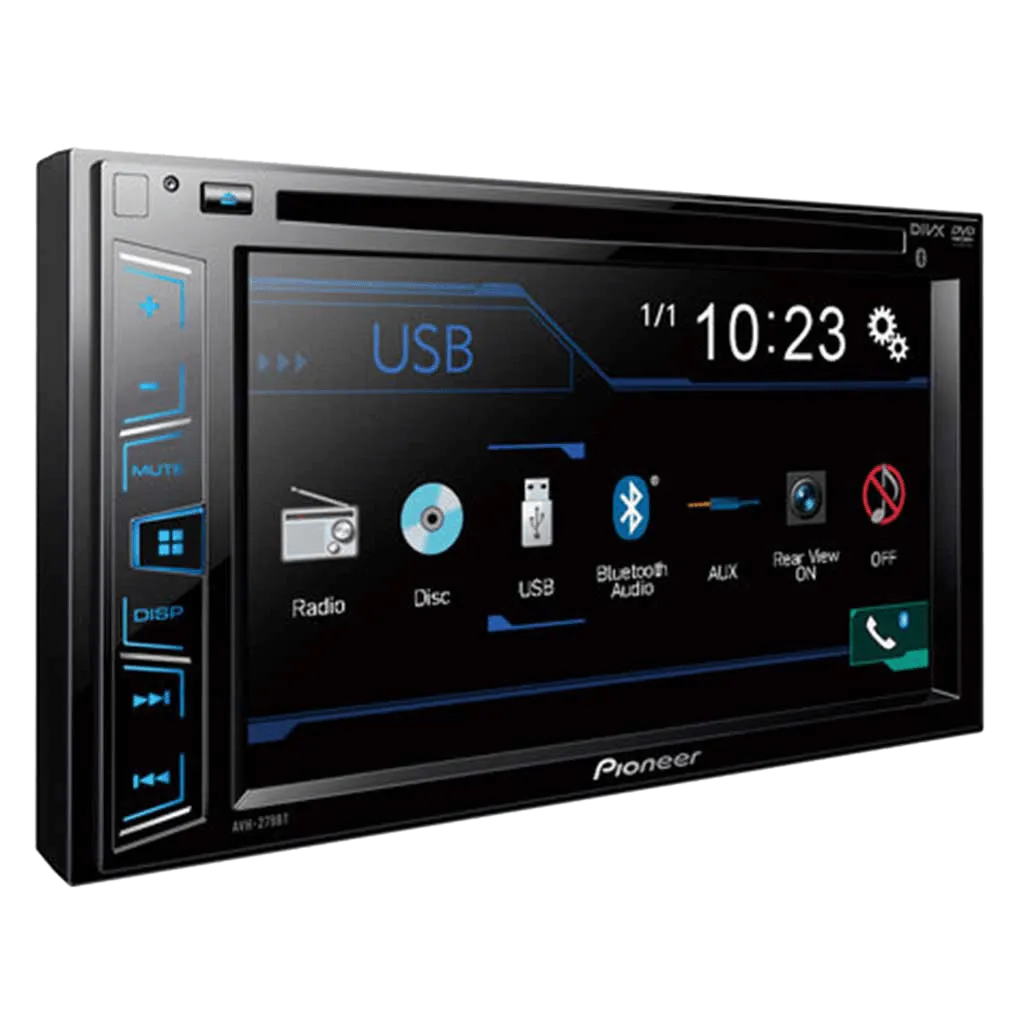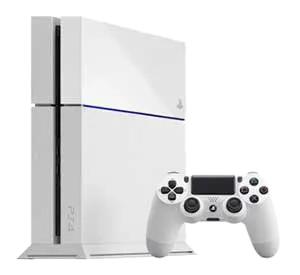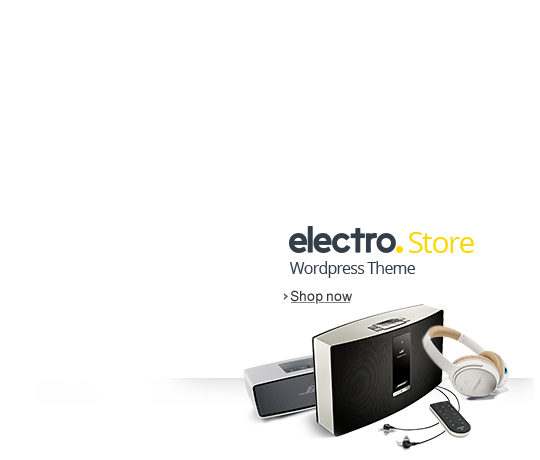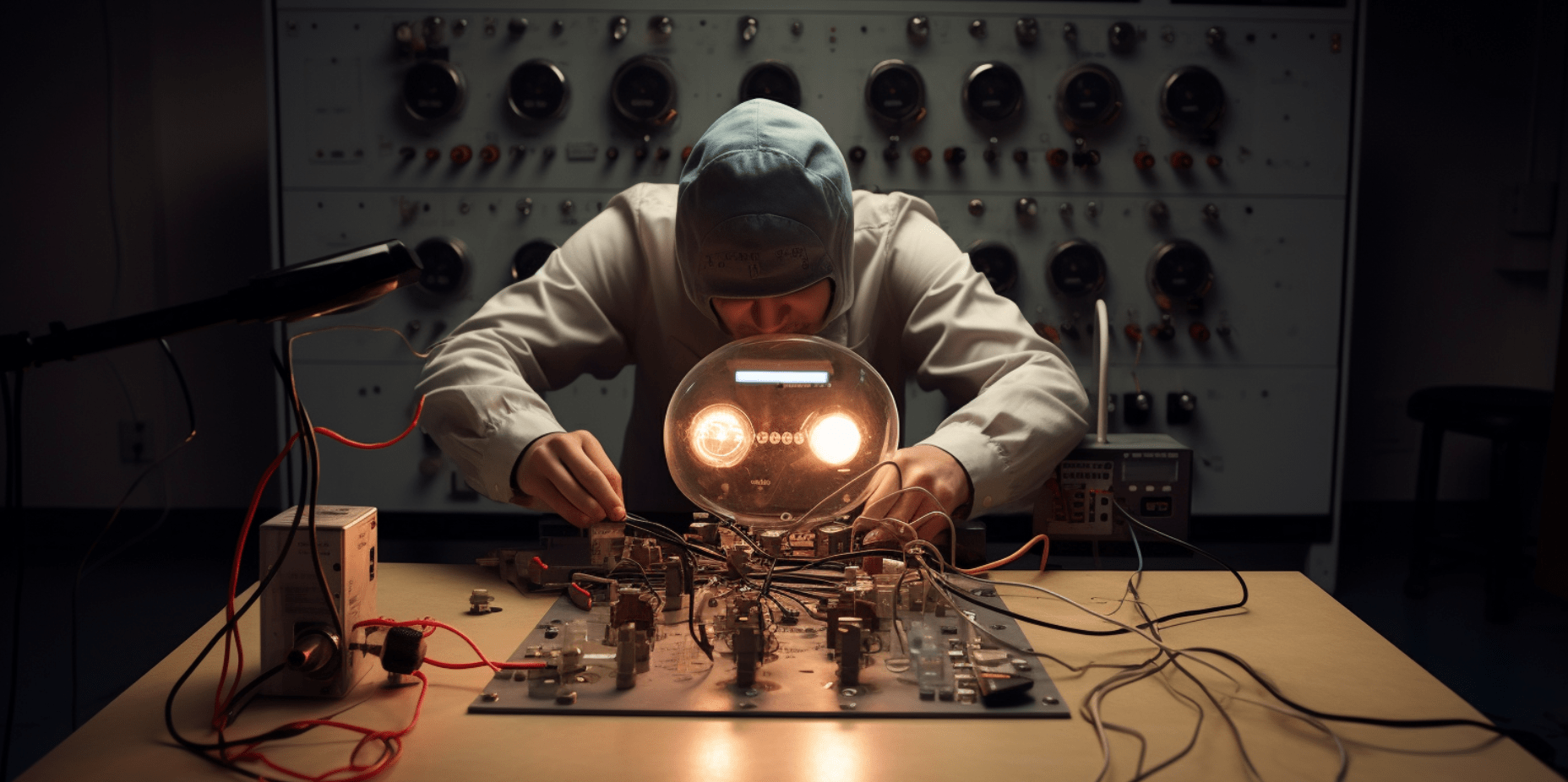How To Test Rectifier
Welcome to our comprehensive guide on how to test rectifiers efficiently. Whether you are testing a rectifier or a bridge rectifier, this article will provide you with the knowledge and techniques to ensure that your electronic components are functioning properly. By following the step-by-step instructions and safety precautions outlined here, you can confidently test rectifier units and identify any potential issues.
Key Takeaways
- Testing rectifiers is essential to ensure proper functioning of electronic components.
- Understanding the function and types of rectifiers is crucial before starting the testing process.
- Follow safety precautions to protect yourself and prevent damage to the components.
- Essential tools for testing rectifiers include a multimeter and oscilloscope.
- Learn the specific testing methods for diode rectifiers and bridge rectifiers.
Understanding Rectifiers
Before we dive into the testing process, it’s important to have a basic understanding of what rectifiers are and how they function. Rectifiers are electronic devices that convert alternating current (AC) into direct current (DC). They play a crucial role in various electronic circuits and power supplies, ensuring that the electricity flows in the desired direction.
The function of a rectifier is to change the polarity of the input signal, allowing only the positive or negative half cycles to pass through.
There are different types of rectifiers commonly used, each with its own unique characteristics and applications. Let’s explore some of the most common types:
- Diode Rectifiers: Diode rectifiers are the simplest type of rectifier and consist of a single diode. They are commonly used in low-power applications and are capable of converting low-voltage AC signals into DC.
- Bridge Rectifiers: Bridge rectifiers, also known as full-wave rectifiers, are more efficient than diode rectifiers and offer better performance. They consist of four diodes arranged in a bridge configuration, allowing them to convert both positive and negative half cycles of the AC input signal.
- Center-Tapped Rectifiers: Center-tapped rectifiers are similar to bridge rectifiers but have an additional center-tapped transformer winding that provides a grounded reference voltage. They are commonly used in high-current applications.
- Three-Phase Rectifiers: Three-phase rectifiers are used when there is a three-phase AC power supply. They consist of multiple diodes and provide reliable and efficient rectification for three-phase systems.
Each type of rectifier has its advantages and limitations. Understanding these different rectifier types will help you choose the right one for your specific application and ensure optimal performance.
“Rectifiers are crucial components in electronic circuits, converting alternating current (AC) into direct current (DC) and allowing the flow of electricity in the desired direction.”
| Rectifier Type | Main Characteristics | Applications |
|---|---|---|
| Diode Rectifiers | Simplest type, low voltage conversion | Low-power applications |
| Bridge Rectifiers | Efficient, full-wave conversion | Power supplies, audio amplifiers |
| Center-Tapped Rectifiers | Grounded reference voltage | High-current applications |
| Three-Phase Rectifiers | For three-phase AC power supply | Industrial applications |
Safety Precautions
When testing rectifiers and working with electronic components, it’s crucial to prioritize safety. Following the right safety precautions not only protects you from potential harm but also prevents any damage to the components. To ensure a safe testing environment, keep the following measures in mind:
- Disconnect the power: Before starting any testing, make sure to disconnect the power supply from the rectifier, as well as any connected devices. This minimizes the risk of electric shock and protects the components from damage.
- Wear appropriate protective gear: Always wear safety goggles and gloves when handling electronic components. This safeguards you against potential eye injuries and ensures a secure grip while working.
- Work in a well-ventilated area: Testing electronic components may involve the release of harmful fumes or hazardous substances. Therefore, it is advised to perform the testing in a well-ventilated area to minimize exposure and promote a safe working environment.
- Use a grounded work surface: Connect your work surface to a proper grounding point to prevent the buildup of static electricity. Grounding helps protect the electronic components from electrostatic discharge (ESD) and minimizes the risk of damage.
- Inspect for physical damage: Before testing, visually inspect the rectifier and its components for any signs of physical damage, such as cracks, burns, or bulges. If you notice any damage, do not proceed with the testing and seek professional assistance.
- Be mindful of high voltage: Rectifiers often deal with high voltage levels. Take extra caution when working with these components, ensuring you are aware of the voltage ratings and using appropriate testing probes and equipment.
By adhering to these safety precautions, you create a secure testing environment that minimizes potential risks and ensures your safety while testing electronic components and rectifiers.
Tools Required
When it comes to testing rectifiers, having the right tools is essential. These tools will enable you to accurately measure and analyze the performance of rectifier units. The two primary tools you’ll need for testing rectifiers are:
Multimeter
A multimeter is a versatile device that allows you to measure various electrical parameters such as voltage, current, and resistance. When testing rectifiers, a multimeter is particularly useful for checking for continuity and measuring voltage drops. It helps you determine if the rectifier is functioning correctly and if it is providing the expected electrical output.
Oscilloscope
An oscilloscope is a sophisticated electronic instrument used to visualize and analyze electrical signals. It provides a graphical representation of the voltage waveform, allowing you to observe the behavior of the rectifier over time. With an oscilloscope, you can assess the rectifier’s output voltage stability, ripple voltage, and waveform distortion.
While a multimeter is sufficient for basic testing, an oscilloscope provides more detailed insights into the performance of the rectifier. It is especially useful when troubleshooting complex issues or performing advanced analysis.
Together, a multimeter and an oscilloscope form a powerful combination of tools for testing rectifiers. These tools allow you to conduct comprehensive and accurate assessments, ensuring the rectifier units are functioning optimally.
Comparison of Multimeter and Oscilloscope
| Aspect | Multimeter | Oscilloscope |
|---|---|---|
| Functionality | Measures voltage, current, resistance, continuity | Visualizes waveforms, measures voltage stability, ripple voltage, waveform distortion |
| Applications | Basic testing, voltage measurement, continuity check | Advanced analysis, waveform observation, troubleshooting complex issues |
| Display | Digital numeric display | Graphical waveform display |
| Accuracy | High accuracy measurements | Accurate waveform visualization |
| Cost | Relatively affordable | Higher cost |
Both the multimeter and oscilloscope play crucial roles in rectifier testing, and their combined use provides comprehensive insights into the rectifier’s performance. When using these tools, always refer to the manufacturer’s instructions and take appropriate safety measures to ensure accurate testing results.
Testing a Diode Rectifier
Diode rectifiers are essential components used in electronic circuits to convert alternating current (AC) into direct current (DC). To ensure the proper functioning of a diode rectifier, it is crucial to perform a thorough testing process. Testing a diode rectifier involves checking for its forward voltage drop, reverse leakage current, and overall functionality. In this section, we will guide you through a step-by-step process for testing a diode rectifier using a multimeter.
Before starting the testing process, make sure you have the following tools ready:
- Diode rectifier
- Multimeter with diode test function
- Set of test leads
- Safety goggles and gloves
Follow these steps to test a diode rectifier:
- Ensure that your multimeter is set to the diode test mode. This mode allows you to measure the forward voltage drop and reverse leakage current of the diode.
- Identify the positive (+) and negative (-) terminals of the diode rectifier. The positive terminal is typically denoted by a longer lead or a “+” symbol.
- Connect the test leads of the multimeter to the corresponding terminals of the diode rectifier. The red lead should be connected to the positive terminal, and the black lead to the negative terminal.
- Read the forward voltage drop displayed on the multimeter. A typical diode rectifier should have a forward voltage drop between 0.6 to 0.7 volts. If the reading is significantly higher or lower, it may indicate a faulty diode.
- Reverse the test leads and measure the reverse leakage current. In this configuration, the black lead should be connected to the positive terminal, and the red lead to the negative terminal. A good diode rectifier should have a very low or near-zero reverse leakage current.
- Repeat the testing process for any other diode rectifiers you need to test.
Note: If the diode rectifier fails any of the above tests, it is likely defective and should be replaced.
By following these step-by-step instructions, you can effectively test a diode rectifier using a multimeter. Remember to exercise caution and adhere to safety precautions throughout the testing process to protect yourself and prevent any damage to the electronic components.
Testing a Bridge Rectifier
Bridge rectifiers are an integral component of electronic circuits, responsible for converting alternating current (AC) to direct current (DC). To ensure optimal performance and functionality, it’s essential to test bridge rectifiers. This section will guide you through the testing process specifically tailored for bridge rectifiers, equipping you with the knowledge and methods to verify their proper functioning.
Method 1: Multimeter Testing
The most common method for testing a bridge rectifier is using a multimeter. Follow these steps to perform a multimeter test:
- Disconnect the bridge rectifier from the circuit and ensure it is isolated from any power source.
- Select the diode testing mode on your multimeter.
- Identify the terminal legs of the bridge rectifier. The positive terminal is usually denoted by a plus sign (+) or a longer leg.
- Attach the multimeter’s red probe to the positive terminal and the black probe to one of the remaining legs.
- Observe the multimeter’s reading. It should display a voltage drop of around 0.6 to 0.7 volts. If the reading is significantly different or shows an open circuit, the bridge rectifier may be faulty.
- Repeat steps 4 and 5 for the remaining legs, ensuring consistent voltage drop readings.
By following this multimeter testing method, you can effectively assess the functionality of your bridge rectifier.
Method 2: Oscilloscope Testing
For more advanced testing, you can use an oscilloscope to analyze the performance of a bridge rectifier. Here’s a step-by-step guide:
- Disconnect the bridge rectifier from the circuit and make sure it is isolated from any power source.
- Connect the oscilloscope’s probe to the input of the bridge rectifier.
- Apply an AC voltage signal to the input of the bridge rectifier.
- Observe the output waveform on the oscilloscope. It should display a rectified DC waveform without any distortions.
- If the output waveform appears distorted or exhibits abnormalities, it could indicate a faulty bridge rectifier.
Using an oscilloscope provides a detailed analysis of the bridge rectifier’s performance, allowing you to detect any irregularities or malfunctions.
Summary
Testing a bridge rectifier is crucial to ensure its correct operation in an electronic circuit. The methods outlined in this section, using a multimeter and an oscilloscope, enable you to accurately assess the functionality of bridge rectifiers. Whether you opt for the simplicity of multimeter testing or the comprehensive analysis provided by an oscilloscope, these testing methods will help you identify potential issues and maintain the efficiency of your bridge rectifiers.
Troubleshooting Common Issues
Rectifier units play a vital role in the proper functioning of electronic components. However, they are susceptible to various issues that can affect their performance. In this section, we will discuss common problems that may arise during rectifier testing and provide troubleshooting techniques to identify and resolve these issues.
Rectifier Troubleshooting
When troubleshooting rectifiers, it’s important to have a systematic approach. By following these steps, you can effectively diagnose and address any problems:
- Visual Inspection: Begin by visually inspecting the rectifier unit for any visible signs of damage, such as burn marks, loose connections, or blown capacitors.
- Testing Components: Use a multimeter to test individual components of the rectifier, such as diodes, capacitors, and resistors. This will help identify any faulty components that may be causing the issues.
- Checking Voltage: Measure the voltage output of the rectifier using a multimeter or oscilloscope. Compare the measured voltage with the expected values to verify if the rectifier is functioning within the specified range.
- Load Testing: Apply a load to the rectifier and observe its performance. Excessive voltage drops or abnormal behavior under load can indicate rectifier failure.
By systematically following these troubleshooting steps, you can efficiently identify and resolve common rectifier issues, ensuring optimal performance for your electronic components.
Common Rectifier Issues
While rectifier issues can vary depending on the specific circuit and components involved, some common problems include:
- Rectifier overheating
- Excessive voltage ripple
- Shorted or open diodes
- Blown capacitors
- Loose or faulty connections
Identifying and addressing these issues promptly is crucial to prevent further damage to the rectifier and the connected electronic components.
Troubleshooting Techniques
Here are some troubleshooting techniques you can use to address rectifier issues:
“A systematic approach to troubleshooting is crucial. Begin by conducting a visual inspection to look for any visible damage or loose connections. Then, proceed to test individual components using a multimeter. If necessary, check the voltage output and perform load testing to observe the rectifier’s performance. By following these steps, you can pinpoint the root cause of the issue and take appropriate action.”
Additionally, referring to the rectifier’s datasheet, consulting online resources, or seeking assistance from experienced technicians can provide valuable insights into rectifier troubleshooting.
| Rectifier Issue | Troubleshooting Technique |
|---|---|
| Rectifier overheating | Check for adequate cooling, ensure proper ventilation, and verify input voltage and current. |
| Excessive voltage ripple | Inspect filter capacitors, check for loose connections, and verify proper grounding. |
| Shorted or open diodes | Test diodes individually using a multimeter, replace faulty diodes, and ensure proper polarity. |
| Blown capacitors | Inspect capacitors for physical damage, test for capacitance, and replace damaged capacitors. |
| Loose or faulty connections | Tighten loose connections, inspect solder joints, and ensure proper wiring. |
By utilizing these troubleshooting techniques, you can effectively address rectifier issues and restore the proper functioning of your electronic circuits.
Advanced Testing Methods
While basic testing methods are essential for evaluating rectifier units, advanced techniques can provide more in-depth analysis and insights. In this section, we will explore advanced testing methods that harness the power of oscilloscope testing and load testing to enhance your rectifier analysis.
Oscilloscope Testing
An oscilloscope is a powerful tool that allows you to visualize and measure electrical waveforms. By connecting the oscilloscope to the input and output terminals of the rectifier, you can observe the voltage and current waveforms in real-time. This detailed analysis enables you to assess the rectifier’s performance, identify any anomalies, and diagnose potential issues.
“Oscilloscope testing provides valuable insights into the behavior of rectifiers, enabling precise analysis and accurate troubleshooting.” – Dr. Helen Thompson, Electrical Engineer
During oscilloscope testing, you can examine parameters such as peak voltage, peak current, ripple voltage, and switching characteristics. By comparing the observed waveform with the expected waveform, you can validate the rectifier’s functionality and ensure it meets the necessary specifications.
Load Testing
Load testing involves subjecting the rectifier to different load conditions and measuring its performance. By connecting various resistive loads to the rectifier output, you can simulate real-world scenarios and assess the rectifier’s ability to deliver the required current and voltage levels. Load testing also allows you to evaluate the rectifier’s response to changing load conditions and determine its stability and efficiency.
“Load testing helps identify how a rectifier performs under different load conditions, ensuring its suitability for specific applications.” – Mark Johnson, Senior Electrical Technician
During load testing, measurements such as voltage drop, voltage regulation, and efficiency can reveal the rectifier’s performance characteristics. These insights are crucial for assessing the rectifier’s suitability for different applications and optimizing its operation.
By incorporating advanced testing methods like oscilloscope testing and load testing, you can gain a deeper understanding of your rectifier units and make informed decisions regarding their performance and reliability.
Tips for Efficient Testing
Testing rectifiers efficiently is crucial to ensure accurate results and save time. Incorporating these tips and following best practices will streamline your testing process and enhance the overall effectiveness of your rectifier testing.
1. Understand the Testing Requirements
Before starting the testing process, it is essential to have a clear understanding of the specific requirements for testing your rectifier. Identify the parameters you need to measure and the expected performance standards. This will help you choose the appropriate testing methods and tools.
2. Use High-Quality Testing Tools
Investing in high-quality testing tools, such as a reliable multimeter or oscilloscope, ensures accurate measurements and reliable results. Poor-quality tools may introduce errors and lead to inaccurate readings, compromising the efficiency of your testing process.
3. Follow Proper Testing Techniques
Learn and follow the recommended testing techniques for rectifiers to ensure accurate and consistent results. Familiarize yourself with the correct procedures for connecting the testing equipment, setting up the rectifier, and interpreting the measurements obtained.
4. Develop a Testing Plan
Creating a structured testing plan can help you stay organized and efficient throughout the testing process. Define the sequence of tests to perform and establish a step-by-step approach. This will minimize the chances of missing any critical measurements or steps.
5. Document and Record Test Results
Keep a detailed record of your test results, including the measurements obtained, any observations or anomalies, and the date and time of testing. This documentation will serve as a reference for future analysis and troubleshooting, enabling you to track the performance of your rectifiers over time.
6. Regularly Calibrate Testing Equipment
Regular calibration of your testing equipment is essential to ensure accurate measurements. Set up a calibration schedule and follow it diligently to maintain the reliability of your testing tools.
7. Stay Updated on Industry Standards
Stay informed about the latest industry standards and practices for rectifier testing. Subscribe to relevant publications, attend conferences and webinars, and engage with industry experts to stay up-to-date with advancements in testing methodologies and best practices.
8. Seek Expert Assistance when Necessary
If you encounter difficulties or are unsure about certain aspects of rectifier testing, don’t hesitate to seek expert assistance. Consult with experienced professionals or reach out to manufacturers or suppliers for guidance. Their expertise can help resolve any challenges and ensure accurate testing results.
Summary
Efficient rectifier testing requires a combination of proper planning, quality tools, accurate techniques, and documentation. Following these tips and best practices will enhance the efficiency of your testing process, ultimately leading to accurate measurements and reliable results.
Maintenance and Care
Proper maintenance and care are crucial for prolonging the lifespan and ensuring optimal performance of rectifier units. By following the recommended guidelines below, you can protect your rectifiers from unnecessary wear and tear, resulting in improved efficiency and reliability over time.
Regular Inspection
Performing periodic inspections is essential to identify any potential issues and address them promptly. Check for signs of physical damage, loose connections, or corrosion on the rectifier unit. If any anomalies are detected, take the necessary steps to rectify them.
Cleaning
Regular cleaning is vital in preventing debris and dust buildup, which can hinder the rectifier’s performance. Use a soft, dry cloth to wipe the unit and remove any accumulated dirt. Be cautious not to use excessive force that may damage delicate components.
Adequate Ventilation
Rectifiers generate heat during operation, and proper ventilation is crucial for maintaining their temperature within safe limits. Ensure that the surroundings of the rectifier are free from obstructions to allow for efficient heat dissipation. Avoid placing the rectifier in enclosed spaces or near heat sources that could compromise its cooling capabilities.
Protective Measures
Implementing adequate protective measures can safeguard rectifiers from voltage surges or power fluctuations. Using surge protectors or voltage regulators can prevent potential damage due to unstable electrical conditions. Additionally, utilizing proper grounding techniques can reduce the risk of electrical shocks or other hazards.
Proactive Component Replacement
Rectifier components, such as capacitors or diodes, may experience wear and tear over time. It is advisable to follow manufacturer recommendations and replace these components periodically to maintain optimal performance. Regularly monitoring the rectifier’s performance can help identify any deterioration in component performance and allow for timely replacements.
Proper Storage
When rectifiers are not in use, it is essential to store them correctly to prevent damage. Keep them in a clean, dry area away from extreme temperatures or humidity. If possible, use the original packaging or suitable protective cases to shield the rectifiers from potential physical harm.
“Taking care of your rectifiers is not only about maintaining their functionality but also about maximizing their longevity. By implementing these maintenance practices, you can ensure that your rectifier units perform optimally for an extended period.”
Conclusion
In summary, the testing of rectifiers is a crucial step in ensuring the proper functioning of electronic components. By following the step-by-step guide and utilizing the appropriate tools, you can confidently test rectifier units and identify any potential issues that may affect their performance. It is essential to prioritize safety throughout the testing process to protect yourself and prevent damage to the components.
Regular maintenance and care are also important factors in prolonging the lifespan of rectifiers. By implementing proper maintenance practices, you can ensure the durability and reliability of your rectifier units over time. This includes regularly inspecting and cleaning the units, as well as conducting periodic tests to monitor their performance.
In conclusion, testing rectifiers is not only about identifying any existing issues but also about preventive measures to maintain optimal performance. With the right knowledge, tools, and safety precautions, you can confidently test rectifiers, troubleshoot common issues, and ensure the efficient operation of electronic circuits.


